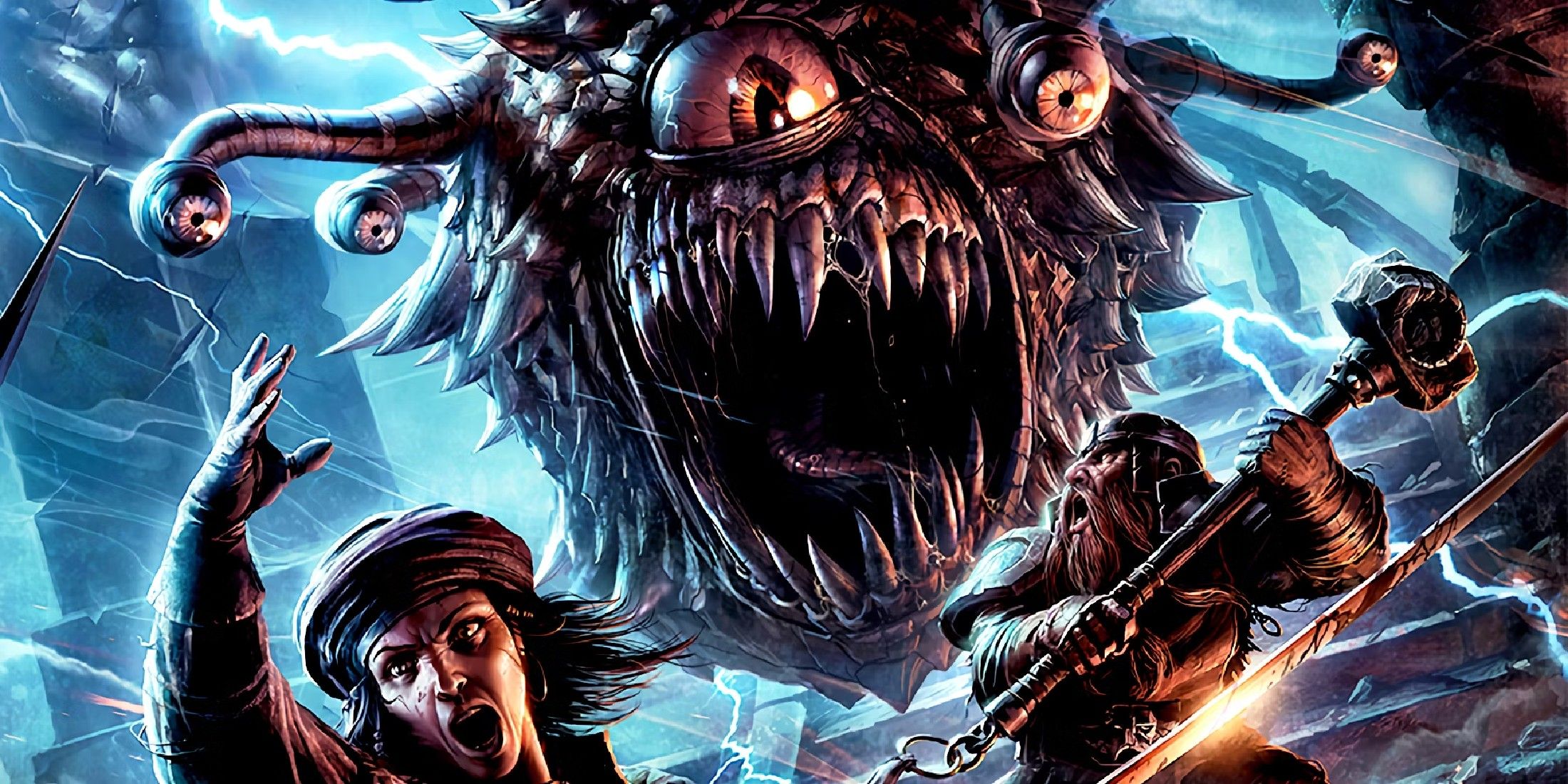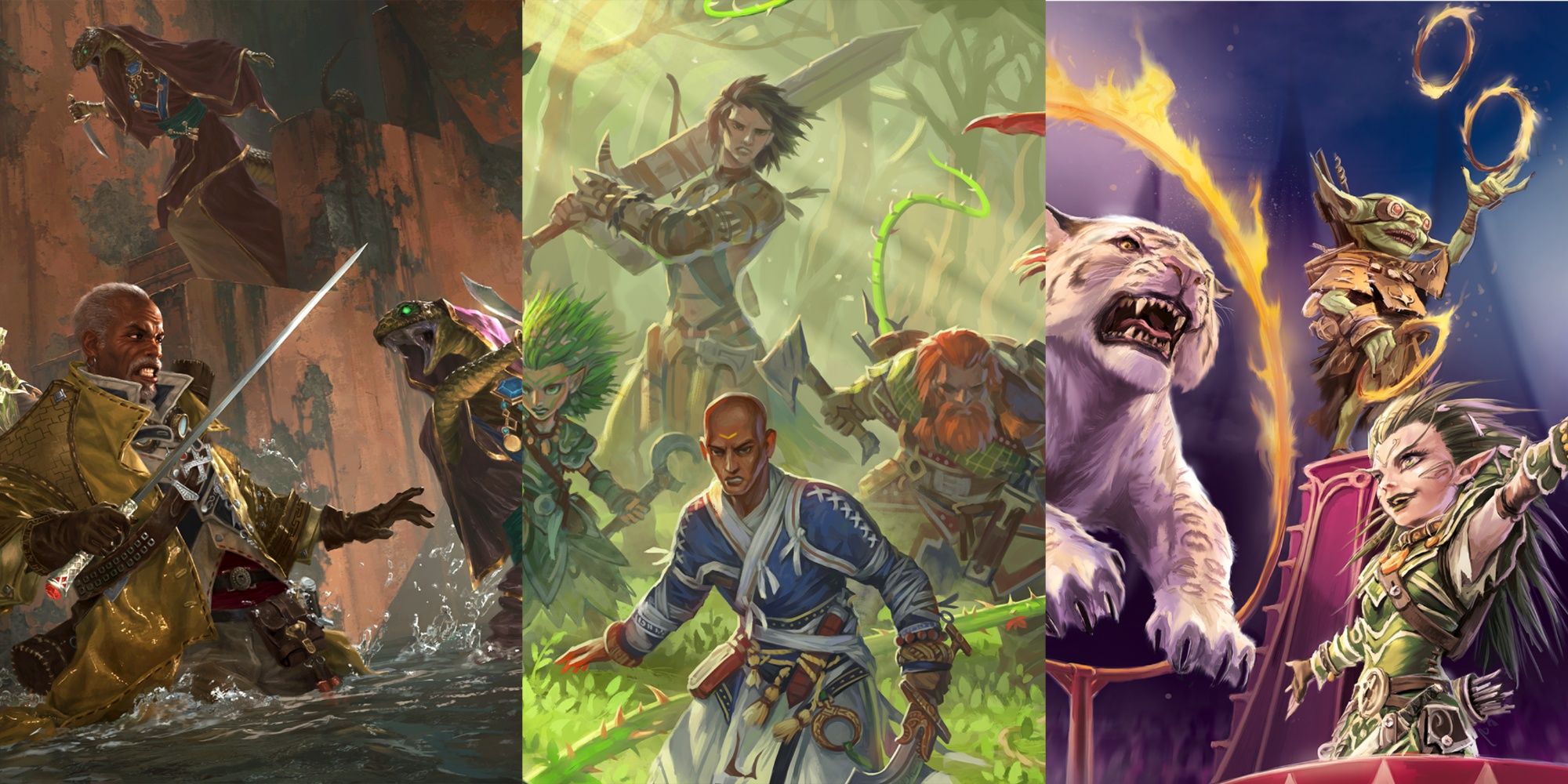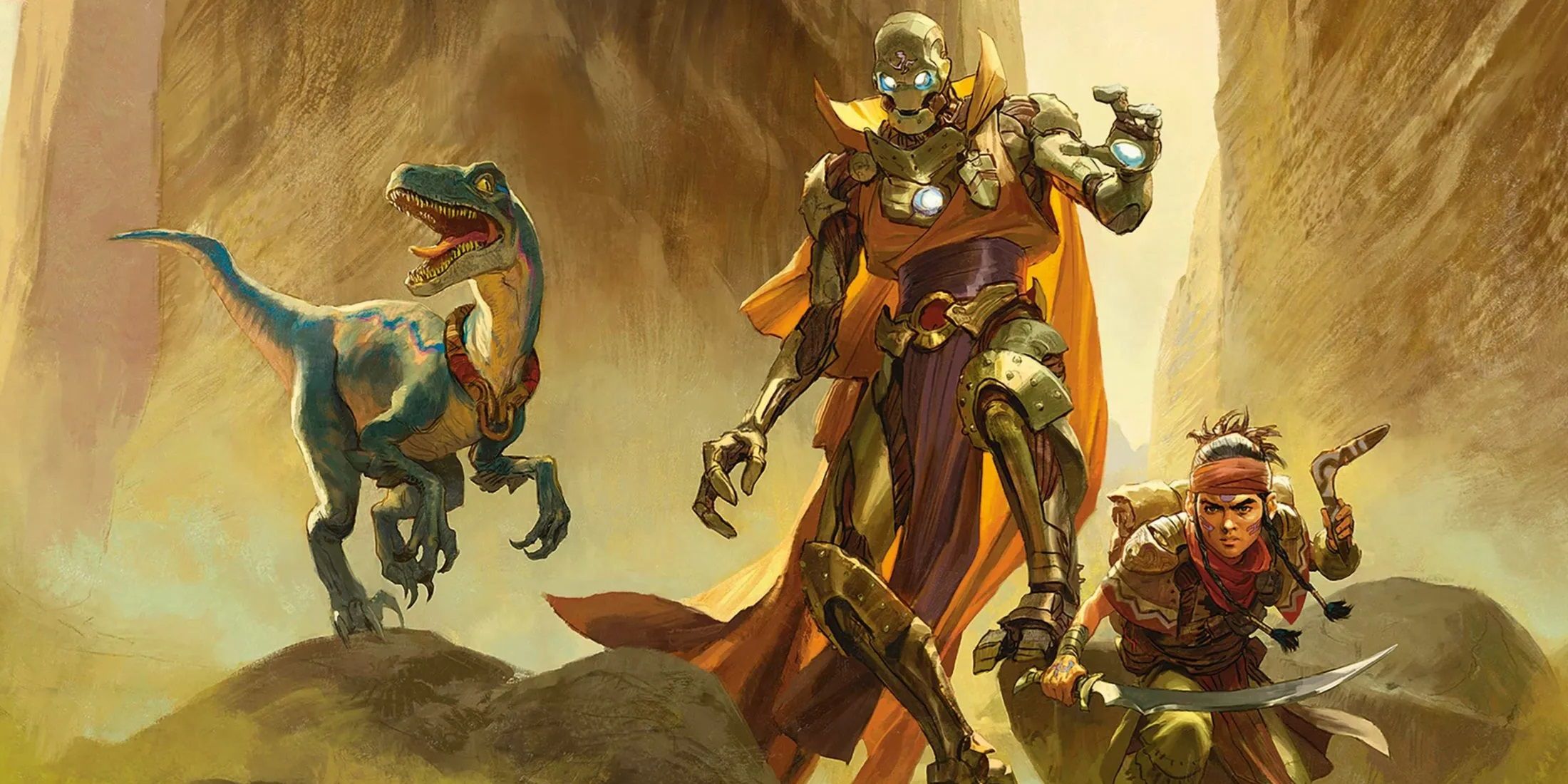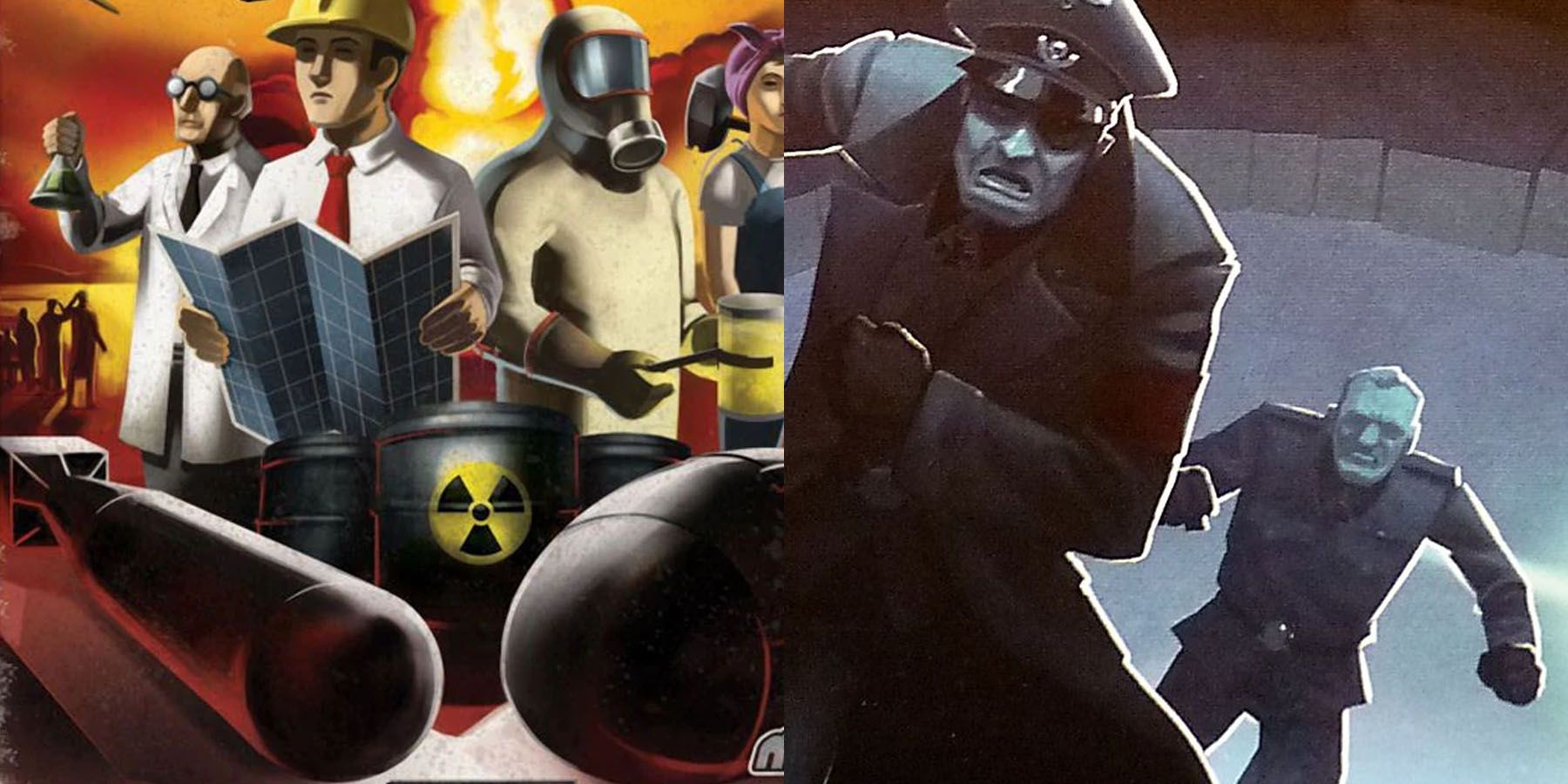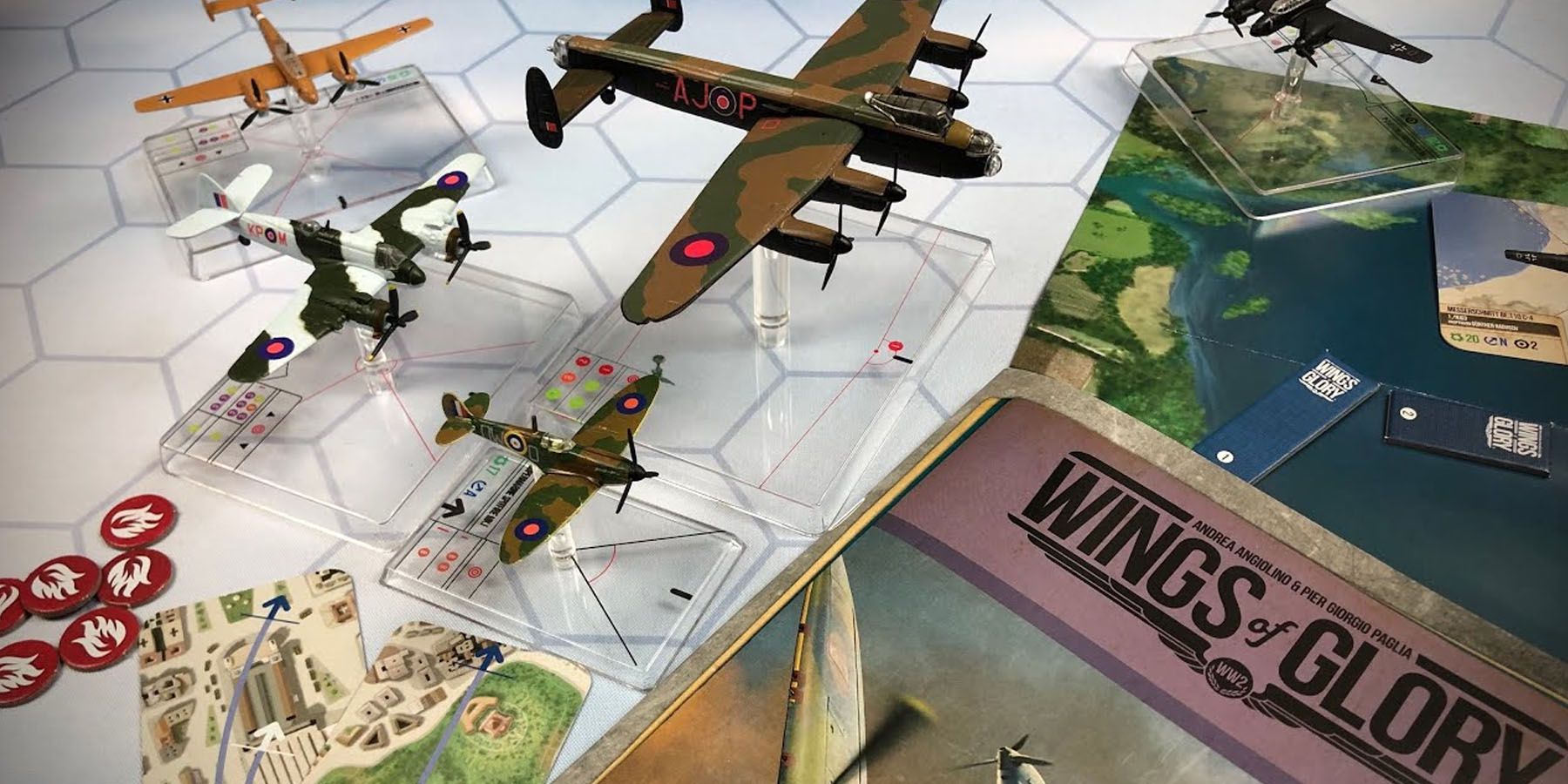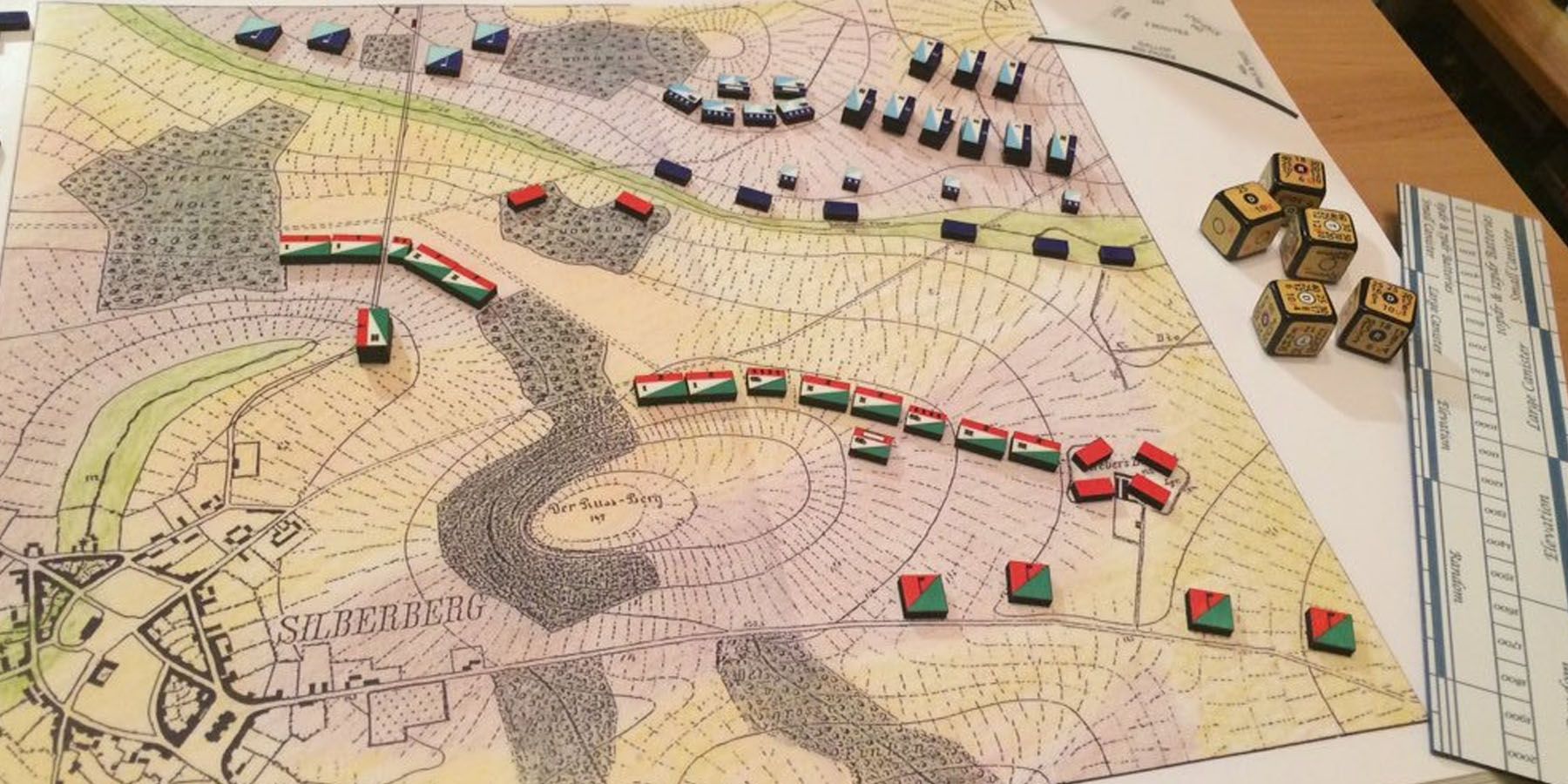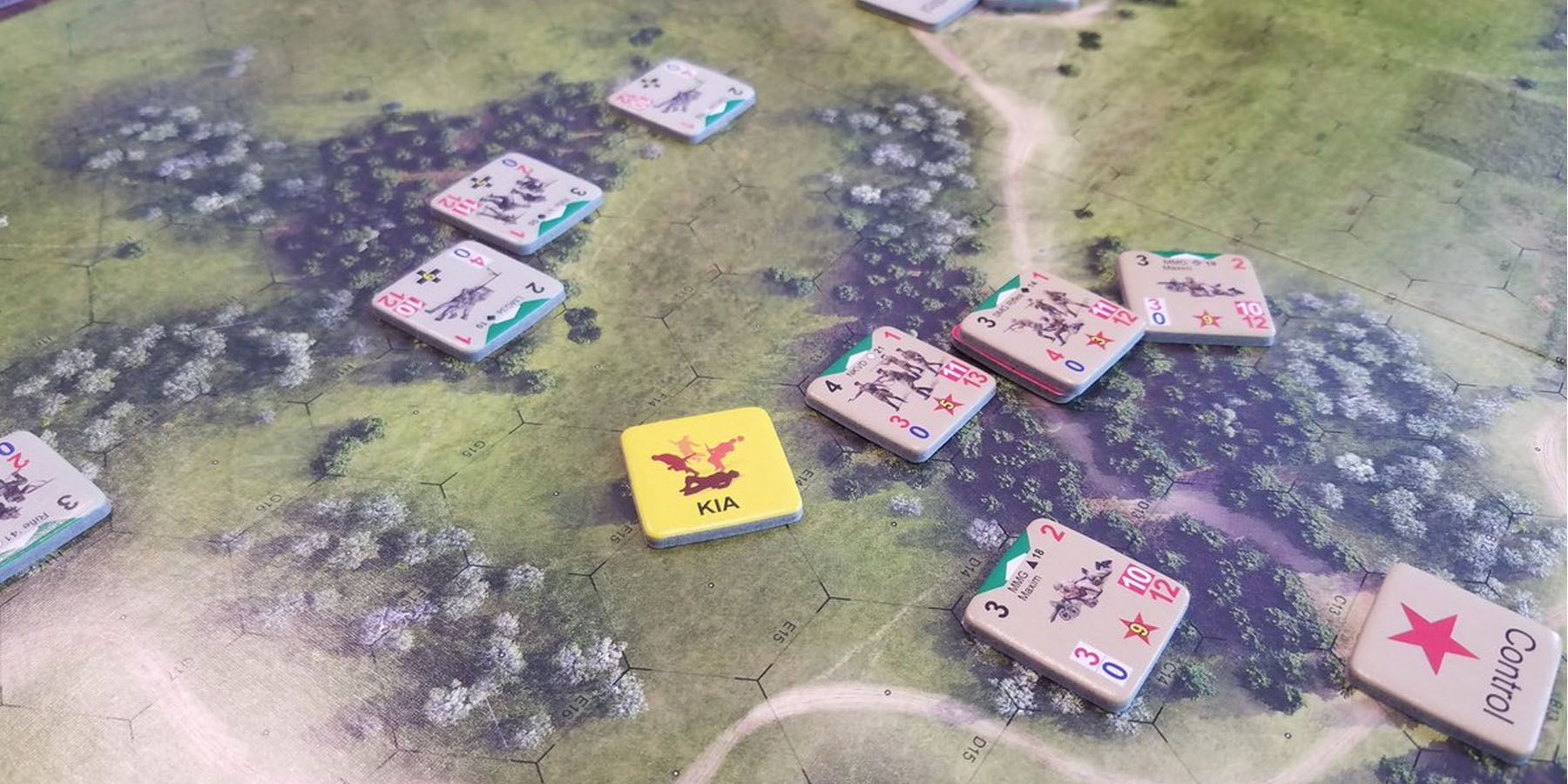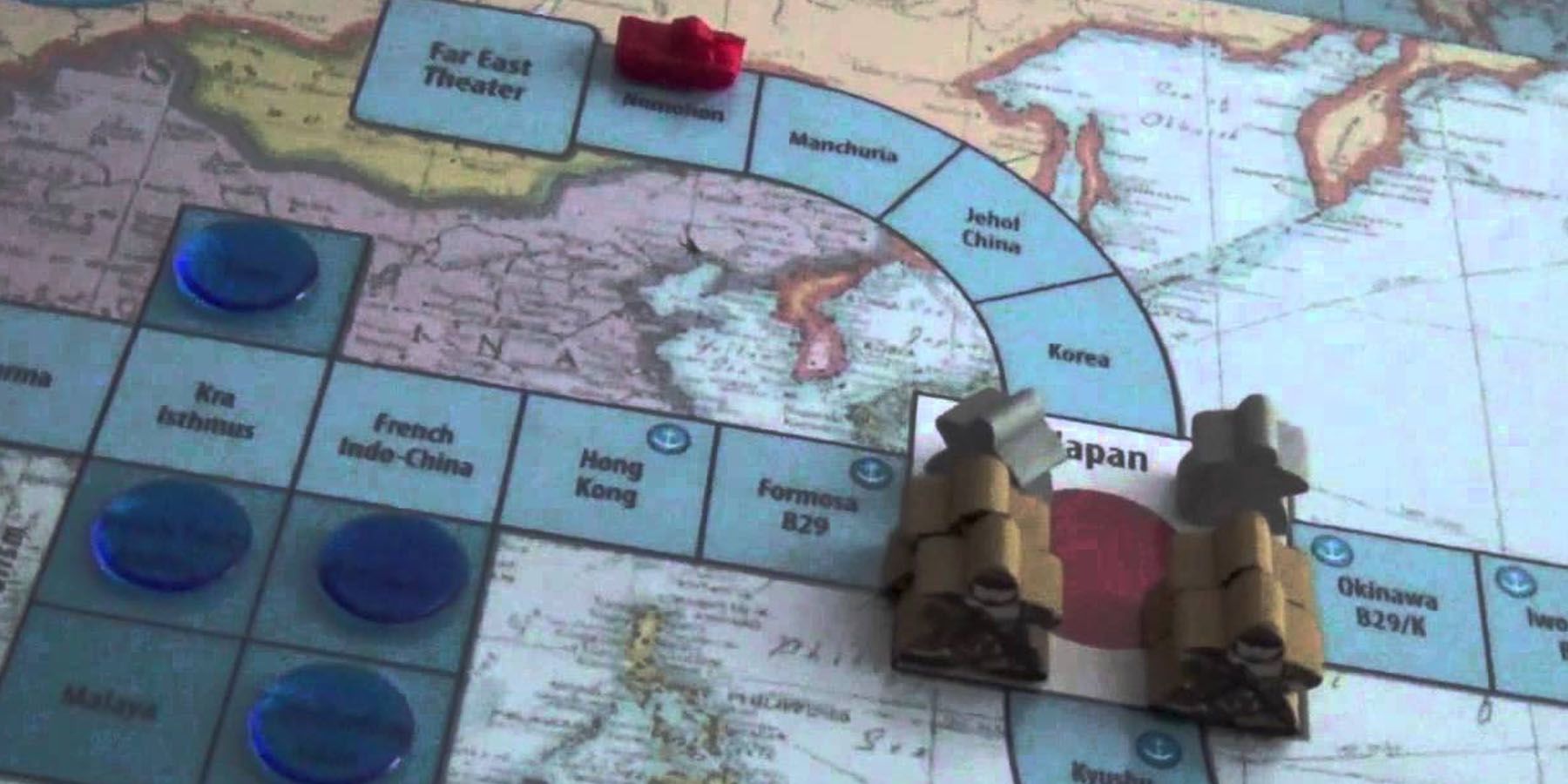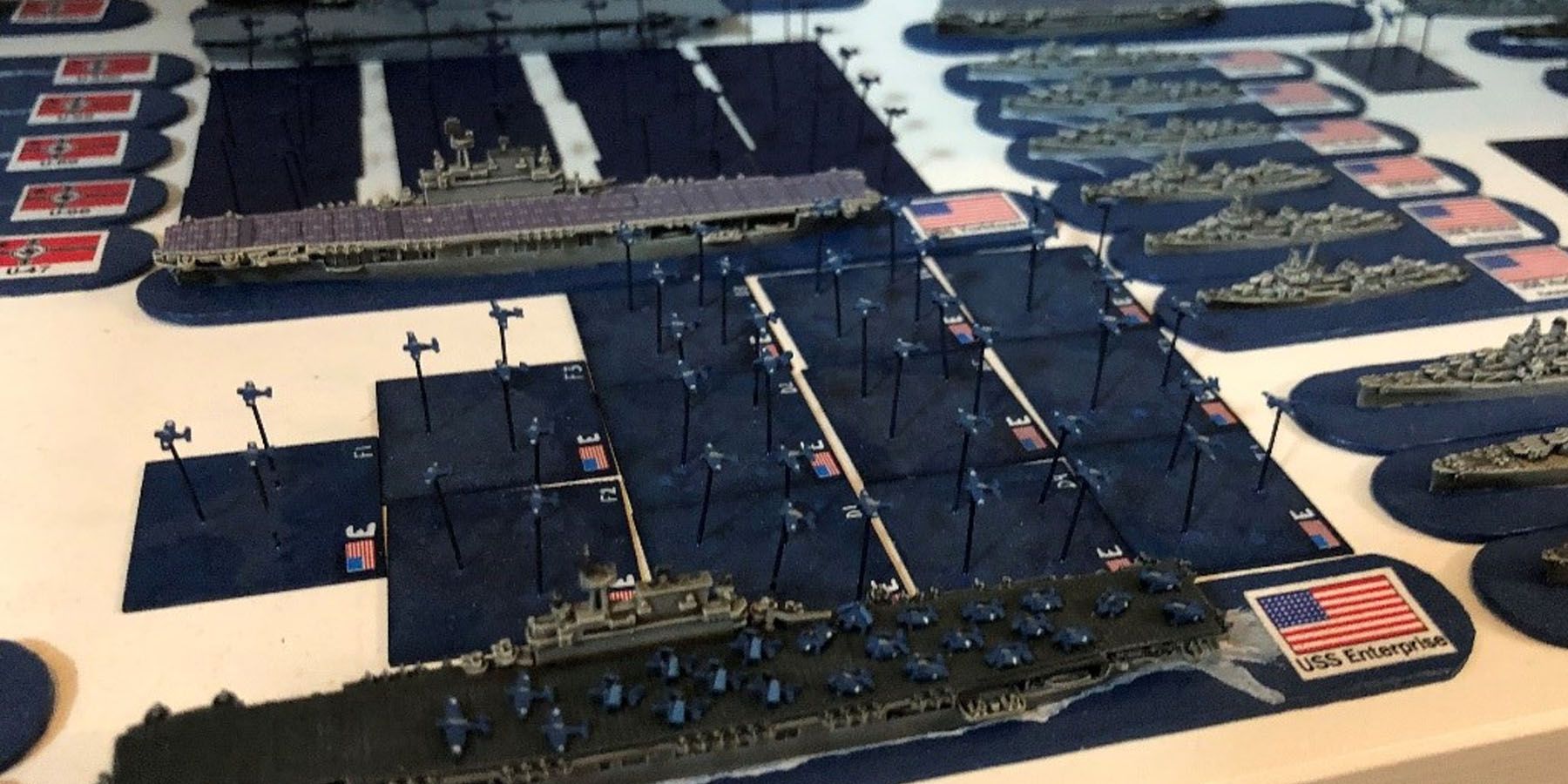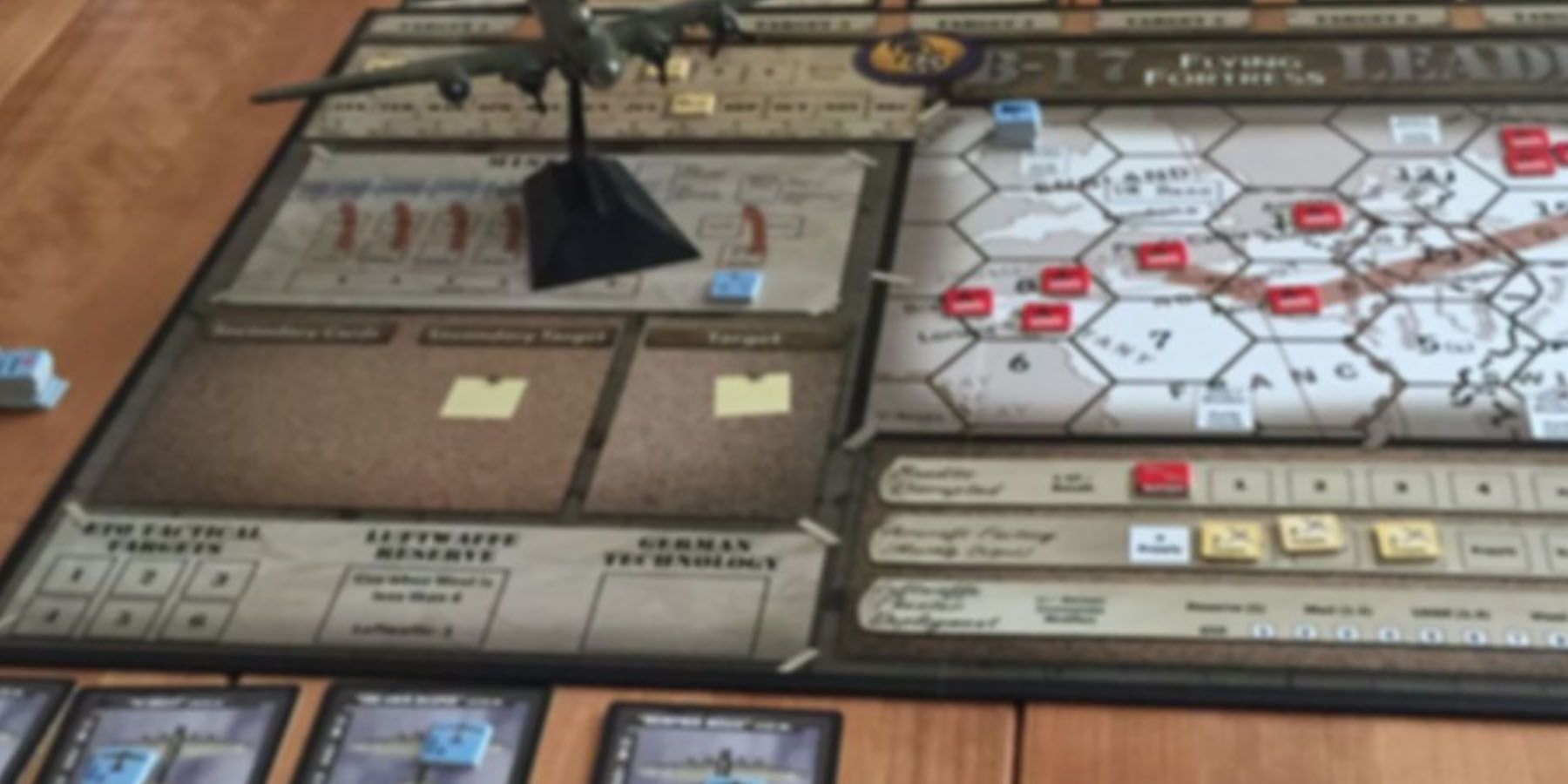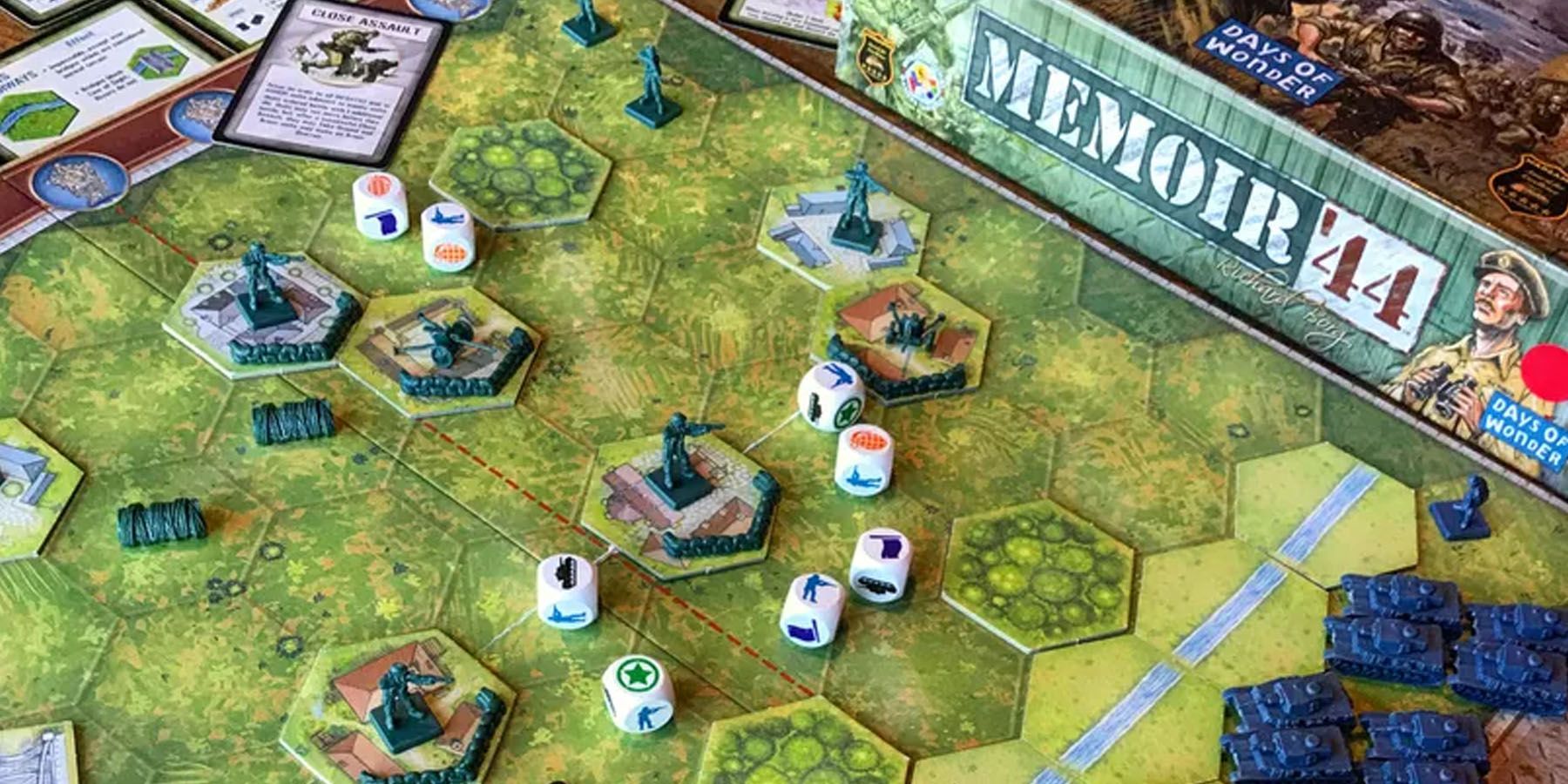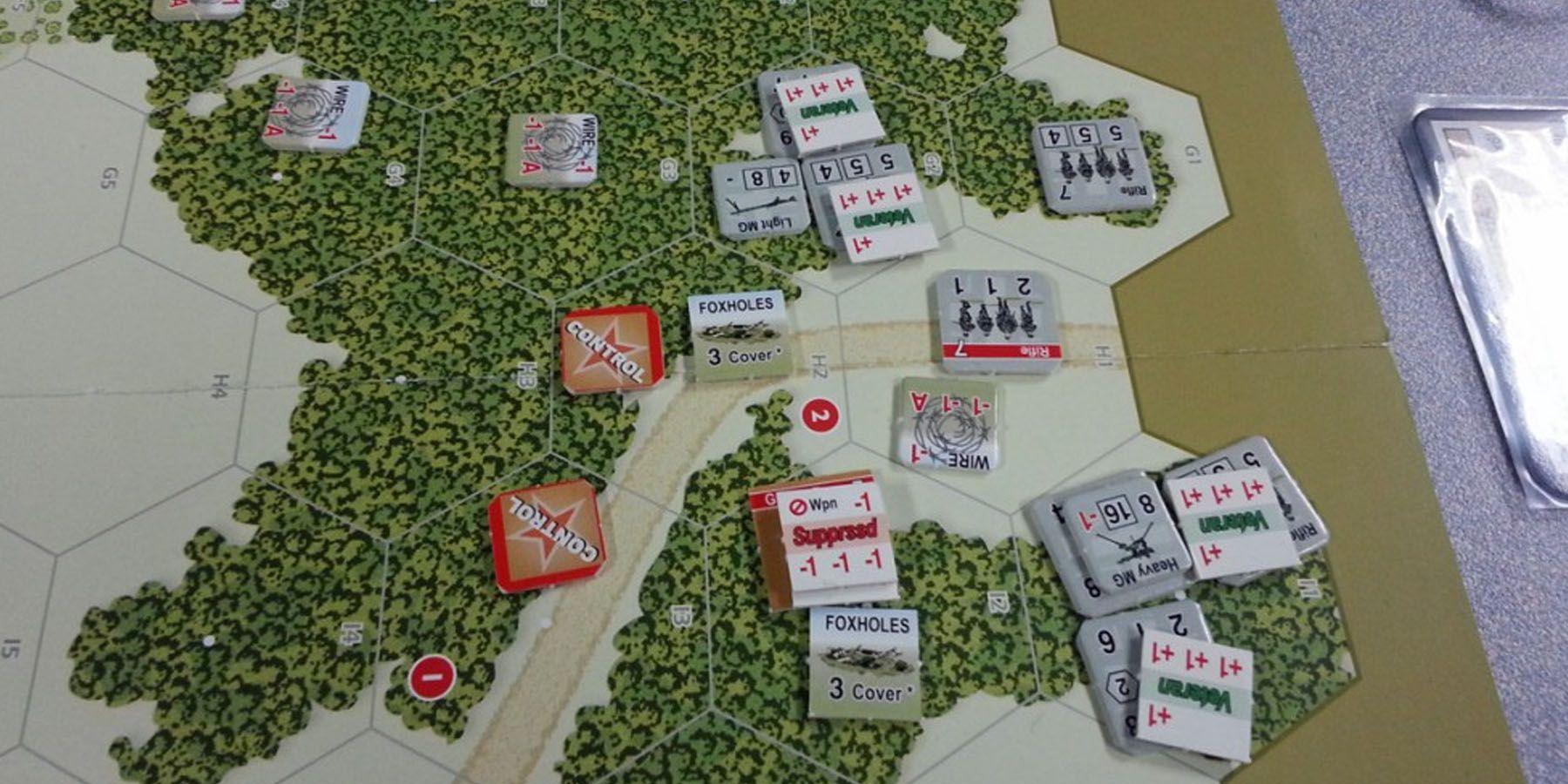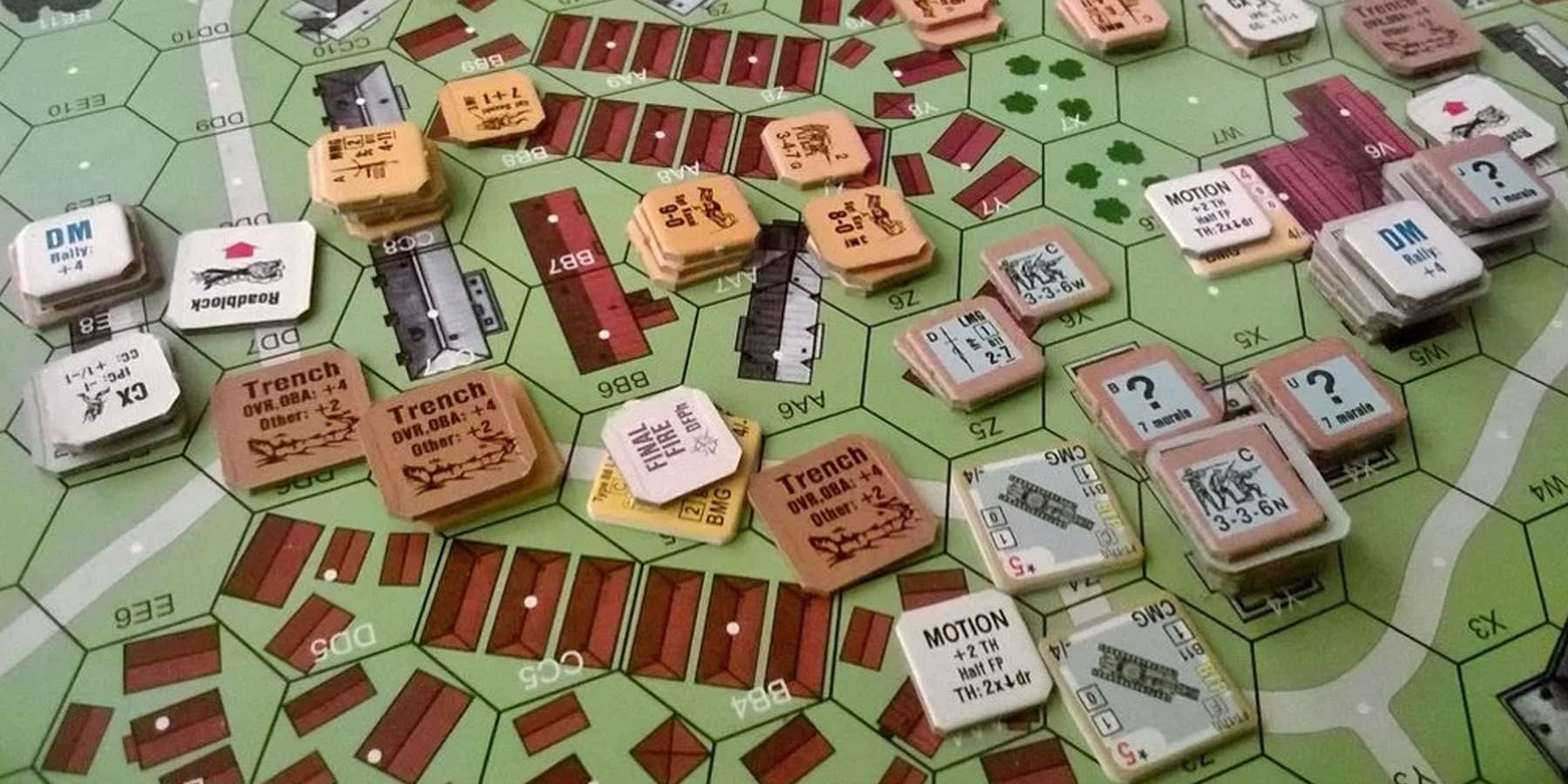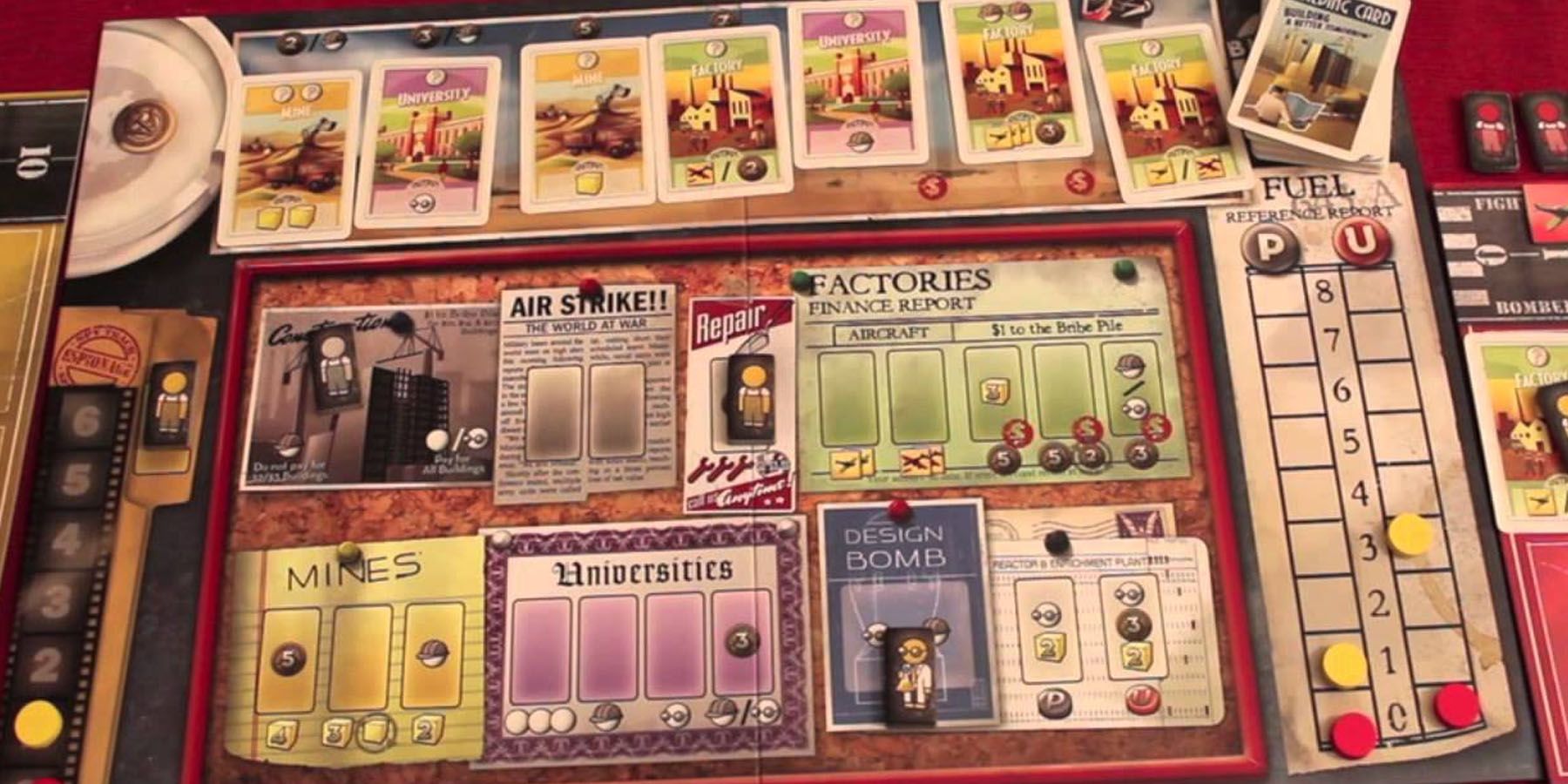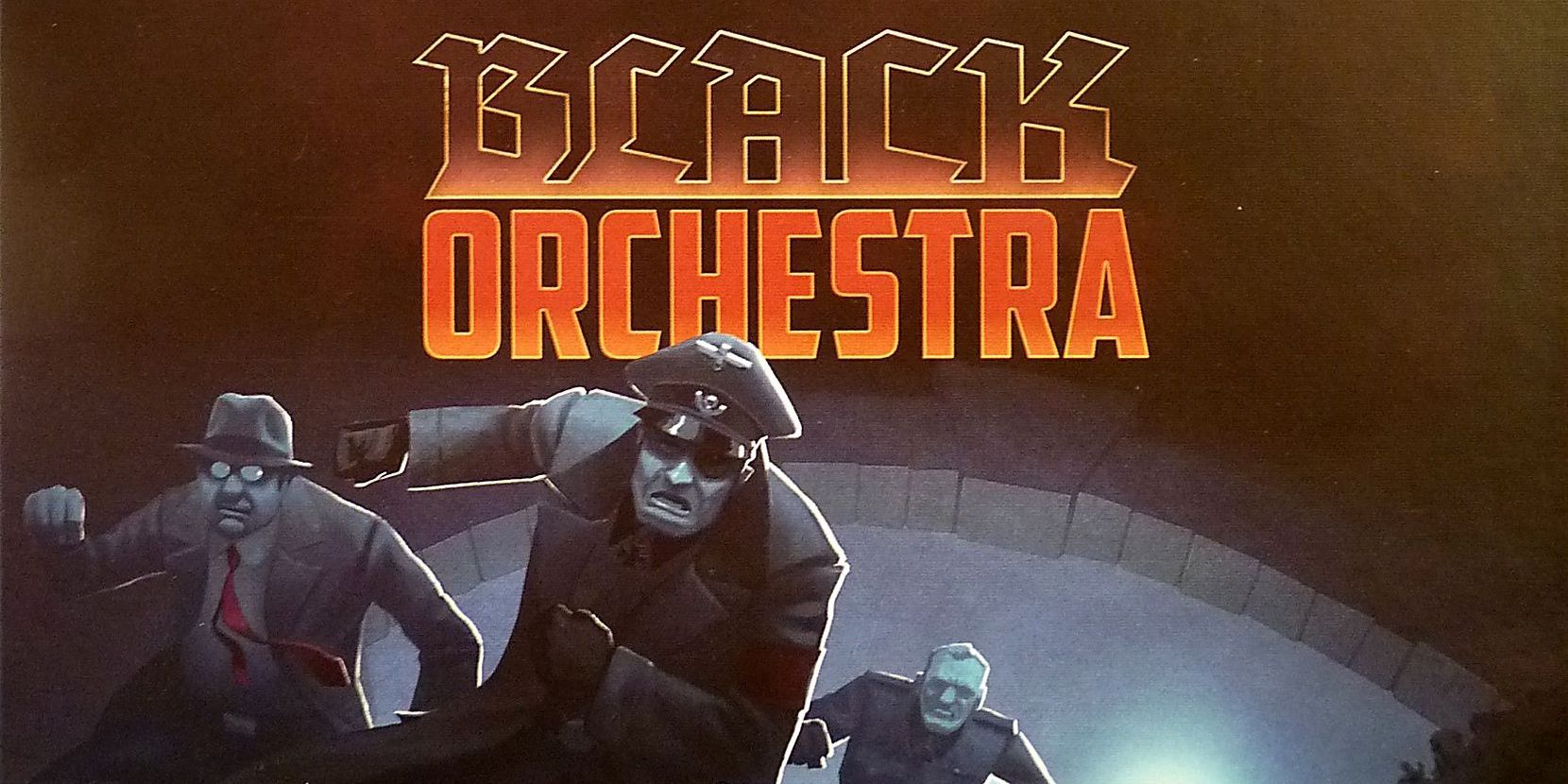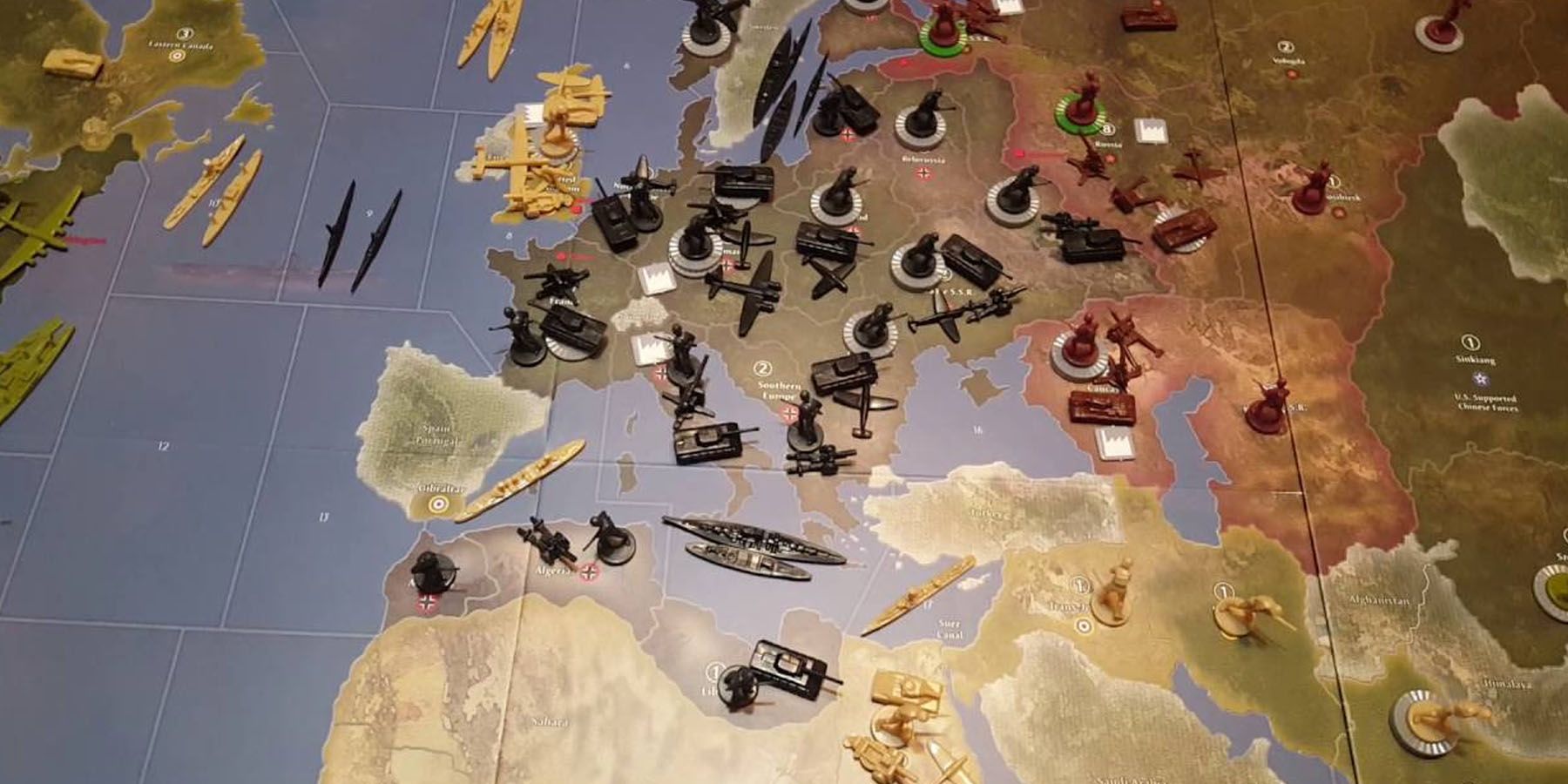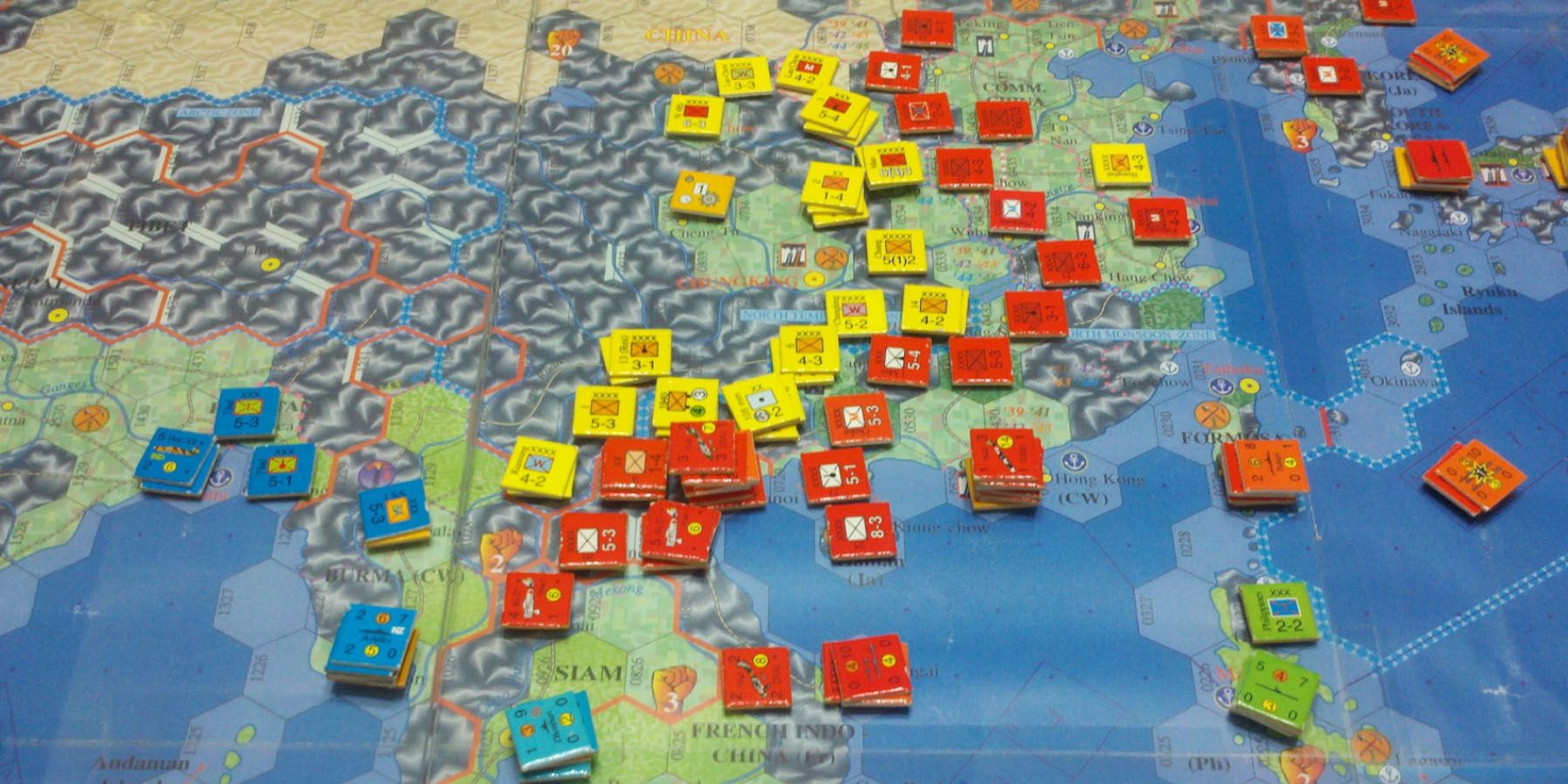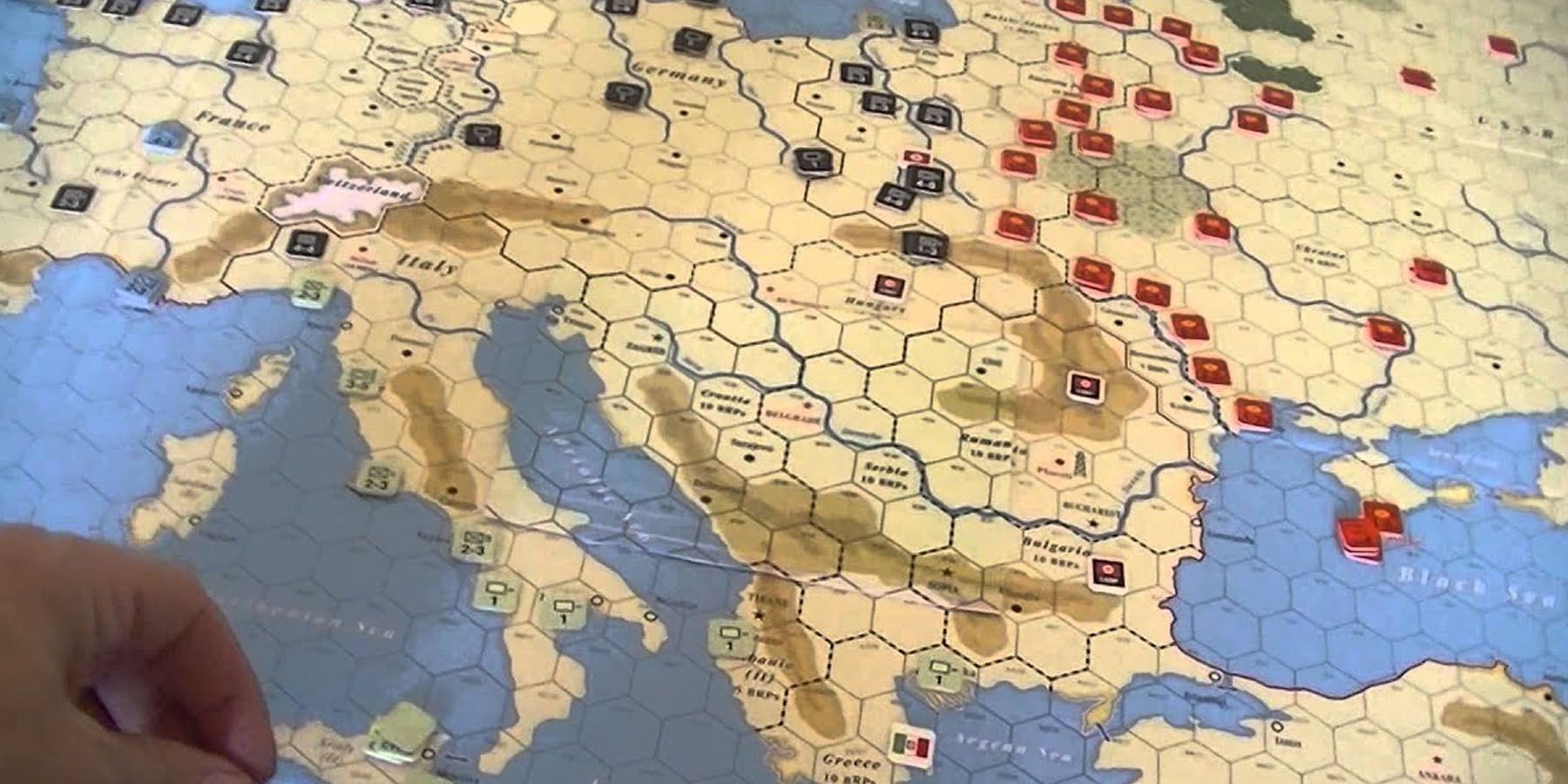World War 2 is undeniably one of the most important parts of human history, carrying with it its fair share of heroic stories and anecdotes that will forever change humankind. As such, it’s only natural for gamers and devs to try and translate some of its elements in board game form - be it in the form of strategy, trivia, or other kinds of board games.
However, with more than a hundred board games about World War 2 out there, it can get pretty overwhelming for the casual board gamer to just choose a game to play. As such, just which stand out as the best that people interested in World War 2 ought to try?
Updated July 9, 2022, by Rhenn Taguiam: With video games such as Brave Lamb Studio’s War Hospital and KatHawk Studios’ Alliance of the Sacred Suns paving the way for new World War 2 games for video game fans, it makes sense for board game lovers to want a bit of a physical experience for their WW2 adventures. Thankfully, board games such as Risk, Wings of Glory, and Churchill remain timeless and exciting options for players who want to retell the heroic stories of WW2, as these games allow players to take control of squads, armies, leaders, and even entire factions for victory.
15 Risk
Perhaps one of the most popular World War 2 games out there, Risk takes some of the most complex areas of warfare and meshes them together in a neat game that may last at least an hour between two to six players. At its core, Risk involves players gathering territory within a political map, wherein they have to spend their turns using their armies to capture empty territory or engage in combat with others to claim their turf.
What’s interesting about Risk is how there are a lot of ways to win the game, particularly through objective cards drawn before the start of the game. As such, unique win conditions can have players create and dissolve alliances on a whim, and even simulate world-spanning events such as World War 2.
14 Wings Of Glory
Although the Wings Of Glory wargame features a World War 1 setting, the game has adapted its mechanics to accommodate the wide-reaching aspect of World War 2 as well. Much in the same vein as its original counterpart, Wings Of Glory for World War 2 is an aerial combat simulator in which players have to fight for domination throughout various aerial campaigns within the scope of World War 2.
Unlike other games, Wings Of Glory actually offers players the opportunity to play fast and loose with basic mechanics and even play in an extremely tactical manner via more advanced rulesets. Expansions in Wings Of Glory will allow players to control various aircraft from various countries, each with its own special abilities and features as well as missions for players to enjoy.
13 Up Front
Unlike other wargames that often have a lot of miniatures on the board, Up Front is instead a card-based wargame. Set in World War 2, Up Front is created as a card version of the “Squad Leader” franchise of games. However, unlike wargames that typically have terrain and separate units, Up Front has everything in card form.
As such, players who commit to Up Front have no idea what terrain they’ll be in when they start the game since things from units, weapons, scenarios, and even terrain are deep within the cards present. This makes for an interesting mechanic, as players draw separate Personality cards that have personnel that they’d have to use to survive various scenarios and situations from the Action deck.
12 Conflict Of Heroes: Awakening The Bar
One of the more compelling tactical wargames about World War 2 would probably have to be Conflict Of Heroes: Awakening The Bar, especially with the level of squad-level action it provides. After all, unlike games where players can move multiple units at once to engage in fierce action, Awakening The Bar limits the way players can move their units to emphasize real strategic action.
For instance, players only have limited ways of moving their units, wherein they can only have one active unit at a time which can make one single action per turn. This makes things like countering units, flanking, or even mounting defenses and assaults extremely big moves for players. Those who want an extremely suspenseful game that focuses on tactical action might want to give Awakening The Bar a shot.
11 Churchill
When one hears of World War 2, they most likely think of extremely-complex wargames and rather fast-paced battles. Not in Churchill, as this game is one of diplomacy and social maneuvering instead. In this game, players take on the role of either Stalin, Roosevelt, or Churchill as they try to outpace each other over ten Conferences to determine the leader of the Allied Forces and what strategies to use against the Axis Powers.
While the game focuses on historical gatherings that occurred from 1943 until the end of World War 2, players engage in some form of alternate history through the discussion of various issues. These are also divided into categories in the game, such as strategic warfare, politics, clandestine operations, production, and offensives. Being able to debate on these matters through the mechanics of the game definitely adds a lot of control to otherwise-unexplored mechanics of politicking in games.
10 Victory At Sea: Battle For The Pacific
It’s not all the time that a board game is released that is set in the seas, and Victory At The Sea: Battle For The Pacific pushes warship simulation by taking place in the Pacific Theater, arguably one of the most pivotal parts of World War 2. In this game, players can take on the role of iconic warships from the US Navy, the Imperial Japanese Navy, the German Kriegsmarine, the Royal Navy, and many others in this heated sea battle simulation.
What perhaps sets Battle For The Pacific apart from other maritime games is its in-depth mechanics. Each ship possesses its own traits, weapon systems, and even directional properties. Moreover, the game takes realism into account, as ship actions - from movement to firing to reloading - happen across parts of a round.
9 B-17 Flying Fortress Leader
Just because a game is about World War 2 doesn’t mean it has to be played with a lot of players. In the case of B-17 Flying Fortress Leader, players take on the role of a B-17 Leader commanding the Eighth Air Force during the European Theater of Operations. As commanders, players need to conduct various missions with their Bomber Groups, ensuring they reduce Germany's ability to wage war from the skies.
In terms of gameplay, B-17 Flying Fortress Leader is pretty much a strategic solo game, with players being in charge not just of their missions but of their team’s planes and pilots as well. Aircraft have certain skills and abilities for specific missions, and groups can progress from Newbies to Ace pilots. Moreover, Commanders can be assigned to provide teams with certain skills - provided they don’t get killed.
8 Memoir ‘44
Sometimes, the best board games come in the form of simple mechanics with enjoyable gameplay, and this is exactly what Memoir ‘44 does. Set in 1944, Memoir ‘44 details the many battles related to the historic D-Day invasion in the form of a card game. More specifically, Memoir ‘44 emphasizes how important communication is in combat, as the game simulates the breakdown of comms on the battlefield.
When played, Memoir ‘44 is set on a hex grid battle map divided into three flanks. However, instead of players outright commanding their troops, they instead use Command Cards that instruct how many troops they can move and where, as well as Tactic Cards that instruct what sort of actions can be done in a turn. This “limiting” aspect of gameplay adds a level of thrill that makes Memoir ‘44 a simple yet equally complex take on wargaming.
7 Combat Commander
In a more straightforward take on the squad aspect of warfare lies Combat Commander. At its core, players select a particular scenario and engage in conflict, with players winning depending on how fast they secure their objectives. Unlike other wargames, Combat Commander has relatively easy-to-learn rules suitable for solo play and even one-on-one matches.
Its simplistic approach to cardboard pieces and tiles also makes for a great simulation of unit planning, and the Fate card system adds an element of spice as it surprises players with advantages and disadvantages to their current scenario.
6 Advanced Squad Leader
Players who want a more grassroots-level simulation of World War 2 battles might appreciate Advanced Squad Leader for its tactical-level focus. Instead of a massive wargame that holds the fate of entire countries at the hands of players, ASL instead focuses on squad management. This is where things get a bit intense, as players do need the ASL Rulebook and various modules to tinker with the game and include scenarios, units, and other mechanics as they desire.
This is because ASL really deep-dives into what squads can do based on a wide variety of situations. Thanks to ASL’s “semi-simultaneous” system, players can do a number of actions based on what other players are doing. Thanks to the geomorphic map boards for the game, ASL can simulate any number of scenarios from World War 2 and other theaters of war. Moreover, squads can be modified and improved based on armaments, equipment, and other traits, achieving a somewhat realistic iteration of X-COM.
5 The Manhattan Project
For a 2012 game, The Manhattan Project adds a unique dimension to World War 2 wargaming - in that, it’s not necessarily a wargame. Instead, The Manhattan Project is an information-based resource management game where players of different nationalities strive to operate the most efficient atomic bomb program.
Being a resource management game, The Manhattan Project will begin with players managing very few resources and manpower, and they would have to create structures and other research to dominate the game. Players can also conduct espionage and issue airstrikes to impede the progress of other nations, in true World War 2 fashion.
4 The Black Orchestra
In a surprising alternate take on the World War 2 board game concept, The Black Orchestra is an espionage game and not necessarily a wargame. Players of The Black Orchestra take on the role of conspirators, all historical figures plotting the fall of Hitler. In this suspenseful game, time is of the essence, and player turns are movement phases, item searches, or evading the searches of the Gestapo.
Moreover, The Black Orchestra plays over seven stages of World War 2, where players have to survive and live through event cards. In these events, players get opportunities to interact with Hitler, with each interaction posing as a threat or an opportunity. Players only win the game if they fulfill certain requirements for a particular plot. Being a cooperative espionage game, The Black Orchestra shows that there’s a lot at stake back in World War 2, especially when conspirators plan for the demise of the very regime they’re in.
3 Axis & Allies: 1942
Fans of board games and history would likely remember Axis & Allies is a must-play, to the point that it’s become a household name to military history enthusiasts. At its core, the game is set in Spring 1942 and is played over a map of Earth split into territories. The main objective of the game is to “recreate” a resolution of World War 2, where the player that acquires the most critical territories wins.
In this regard, players take on the role of the world’s five major superpowers at the time: the Axis powers composed of Germany, Japan, and Italy, and the Allies composed of the Soviet Union, the United States, and the United Kingdom. The second edition, Axis & Allies: 1942, is worth playing not only because it’s a classic, but its solid rule set helped it age well as a board game. Fans of military strategy should start with Axis & Allies before proceeding with other titles.
2 World In Flames
Despite being a 1985 game, World In Flames is easily one of the most complicated World War 2 games to hit the market due to its sheer size and scope. While it takes time to set up and a lot of space to start, the way it simulates conflict in the theater of war is simply outstanding. At its core, World In Flames ensures that its mechanics don’t interfere with various aspects of combat, which is impressive considering it tackles land combat, naval combat, and air combat all at once.
Moreover, while combat is a central focus in World In Flames, it takes into account what happens before, during, and after conflict. Production and deployment have just as much importance as targeting and combat. Due to the interrelated nature of the rulesets, it’s easy for players to use various tactics without having to consult the rulebook for any alterations regarding the rules.
1 A World At War
If anyone’s looking for a board game that tries to simulate World War 2 in as accurate a way as possible, then perhaps A World At War will suit their fancy. Coming with a whopping 235-page rulebook and mechanics constantly in development, A World At War pushes the limits of what grand strategies could offer in the context of video games. If there’s anything a player could do related to wartime in World War 2, chances are A World At War has mechanics attached to them.
For instance, aside from unit deployment, players can dive deep into research and development, trade and production, diplomacy and espionage, and even foreign parliaments. A World At War advances the World War 2 wargaming scene by providing a myriad of options for players to choose, and numerous paths for the war to take - with players possibly creating a new meta-narrative of WW2 that the game makes possible with its mechanics.

